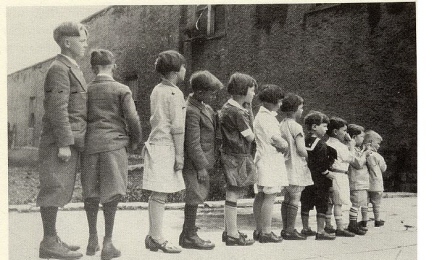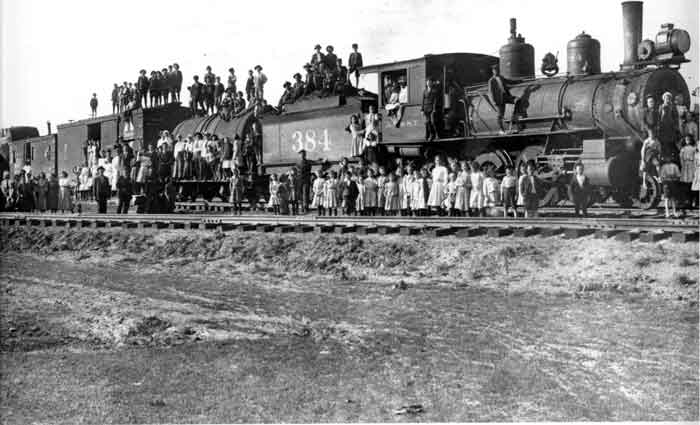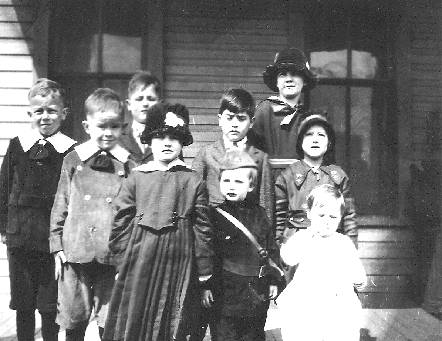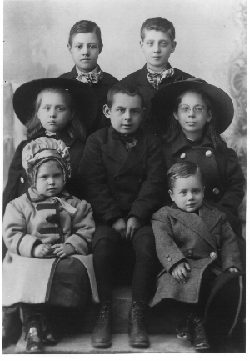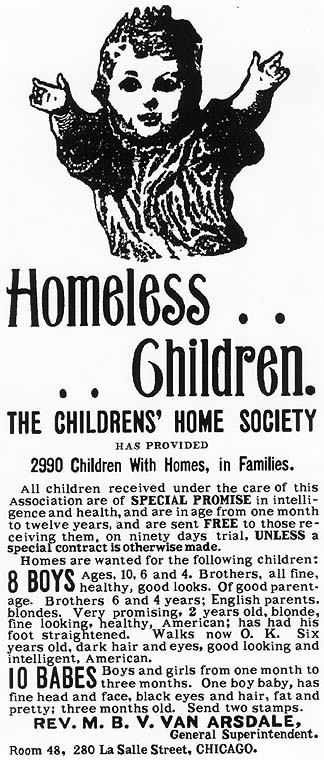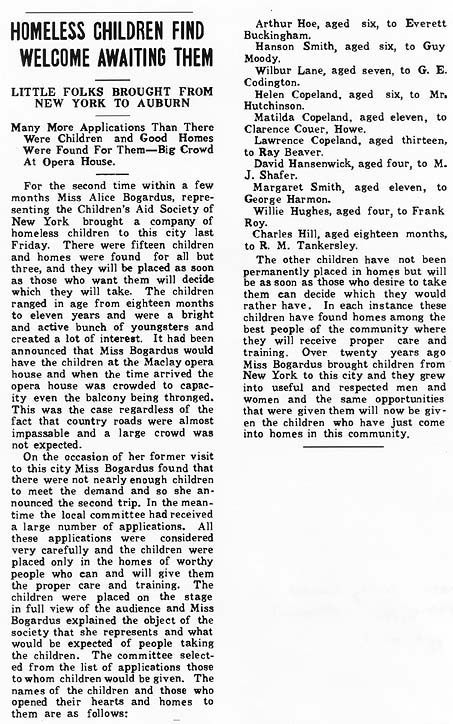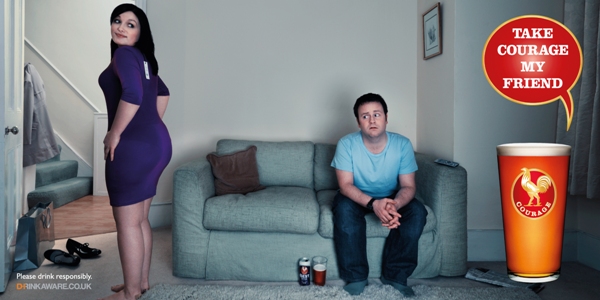Katie M. sent in a link to a post at Vast Public Indifference about gender in Pixar films, specifically how they tend to focus on male characters, with female characters in smaller or supporting roles. As Caitlin says in the original post,
The Pixar M.O. is (somewhat) subtler than the old your-stepmom-is-a-witch tropes of Disney past. Instead, Pixar’s continued failure to posit female characters as the central protagonists in their stories contributes to the idea that male is neutral and female is particular. This is not to say that Pixar does not write female characters. What I am taking issue with is the ad-nauseam repetition of female characters as helpers, love interests, and moral compasses to the male characters whose problems, feelings, and desires drive the narratives.
Here are some images showing main characters from a number of Pixar films. Clearly there are a lot I left out; I chose these both because they were mentioned in the original post by Caitlin, because I’ve seen them, and because they illustrate the general trend.
From “Cars,” a movie in which almost all the characters are male and female characters are mostly car-groupies who swoon over the main character (though there is a female attorney car who doesn’t fall into that category):
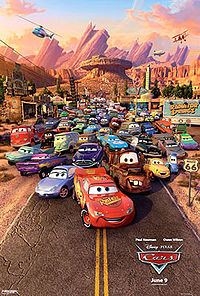
“Monsters, Inc.,” where the two central characters are male:
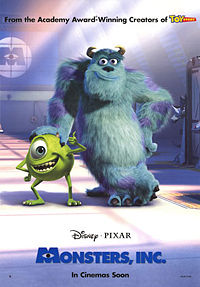
“Toy Story,” same as above:
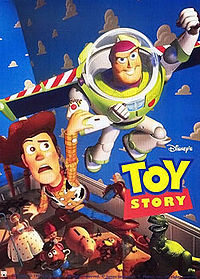
“A Bug’s Life,” in which not only is the main character male, the actual behaviors of male and female ants have been switched to fit in with our ideas of appropriate gender roles (for another example of changing the behavior of animals to fit human gender norms, see this post on “Bee Movie”):
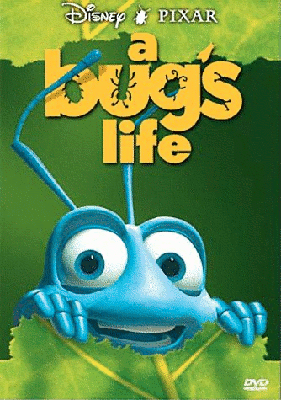
We do see a Pixar film with a female main character, however: the upcoming”The Bear and the Bow”:
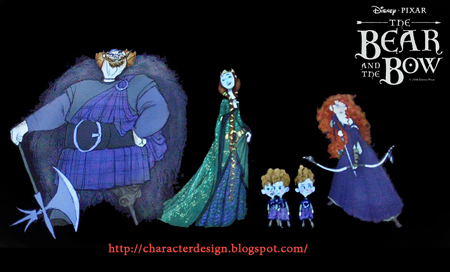
According to Wikipedia, this is Pixar’s “first fairy tale.” So apparently though we get a female lead here, she’s of the spunky-princess type often found in fairy tales.
I have read, in discussions of gender in children’s films, that there is a general belief in the industry that everyone will watch a movie with a male lead character, but boys will be turned off by movies with a female lead. So we see the pattern Caitlin points out: males are the neutral category that are used when the movie is meant to appeal to a broad audience, while females get the lead mostly when the movie is specifically geared toward girls. The assumption here is that girls learn to look at the world through the male gaze (identifying with and liking the male lead, even though he’s male), while boys aren’t socialized to identify with female characters (or actual girls/women) in a similar manner.
I’m torn as to whether I think boys would avoid movies that had female leads. On the one hand, a big part of masculinity is rejecting all things feminine, so I can imagine boys deciding they hated any movie that seemed to be for or about girls. On the other hand, I wonder what would happen if we had more films aimed at kids that had female leads but didn’t fall into the traditional “girl’s movie” categories (such as fairy tales). If “A Bug’s Life” had a female lead but was otherwise the same type of movie–one aimed at a general audience, not specifically girls–would boys reject it? Most of the animated movies I can think of that had females as the main character were focused around romance and other topics deemed feminine (except maybe “Mulan,” where that’s not the main focus), which obscures the issue of whether boys would watch a movie with a female character if it was treated as a general-audience movie. [Note: See the comments for some other examples of movies with female leads that weren’t necessarily romantic-centered, such as “Lilo & Stitch” and “Alice in Wonderland,” as well as some non-animated ones.]
I dunno. Thoughts?
UPDATE: In the comments, Benjamin L. makes a great point:
Something to consider is that most of the people working on Pixar films are men. It’s possible that they might feel unable to successfully create and write dialog for compelling female characters. Take a look at this list: http://en.wikipedia.org/wiki/List_of_Pixar_films Out of the all the writers and directors of Pixar’s films, one is female–Rita Hsiao. Significantly, the films she has worked on, Mulan and Toy Story 2, are unique in that they both have prominent female characters.




